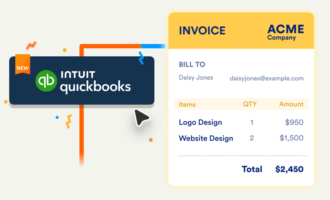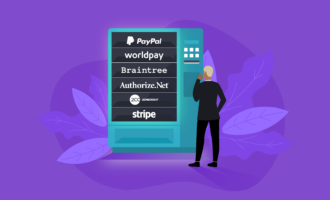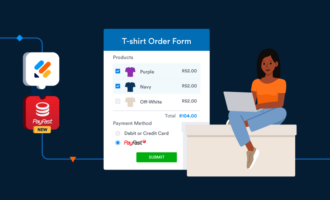Steps handle refund requests
- Answer refund requests promptly
- Keep it professional
- Explain your decision and offer an alternative
- Simplify the request process
When you’re selling products and services, having to handle customer refund requests comes with the territory. Some people might ask for a refund politely, and others might demand one angrily. However they do it, you can be sure that some of your customers will request a refund at some point.
How should you handle these requests? First, for your own mental health and for the health of your business, don’t take it personally. As long as you’re prepared and tactful, it’s entirely possible to handle refund requests in a way that satisfies the disappointed customer. That way, even if they don’t buy from you again, they’ll be much less likely to write an online review that trashes your business.
Handling customer refund requests begins with spelling out a fair refund policy up front. Your customers need to easily understand your refund policy, and you need to carefully consider just how generous you can afford to be.
Big national chains — both online and at their brick-and-mortar stores — can afford no-questions-asked, full-refund policies. Besides having deep pockets and an enormous sales volume, big chains are very good at minimizing the refund cost of returns, but smaller retailers with fewer resources often can only afford to offer store credit.
No matter what kind of refund you can offer, be sure to make it clear to the customer before they buy. Here are a few other tips to help you navigate refund requests for your business.
Answer refund requests promptly
Only unhappy customers request refunds, so their requests merit immediate attention. If a refund is justified, offer it as soon as possible. This can help ensure that the customer who was unhappy with what they bought isn’t unhappy with the company they bought it from.
People will remember that you treated them fairly. Ideally, you’ll restore their trust enough that they’re willing to purchase from you again.
It’s important to have a detailed refund policy at the ready — it makes quickly responding to requests easier, and it can protect your business from individuals inclined to abuse refunds. If you’re a retailer, it’s fair to make refunds contingent upon the returned item being in reasonably good condition. If the request for a refund doesn’t meet the specifications of your refund policy, politely and promptly inform the customer that you’re denying their request.
Keep it professional
Unhappy customers may become indignant. Sometimes a customer’s request will escalate to a demand, and they might justify that demand with a diatribe about your business — and maybe even you. You have nothing to gain from replying in kind.
Instead, do your best to calmly listen to them. Even an unpleasant customer might have a valid complaint. Keep your own demeanor professional and non-confrontational. Once they calm down, they’ll likely remember that you were calm and considerate the entire time.
Explain your decision and offer an alternative
A refund request can raise complex issues, depending on the type of business. While it’s fairly simple for a boutique to offer store credit for a return (that’s still in sellable condition), a restaurant operating on slim margins can’t afford to comp a meal every time a customer complains.
A full refund never requires an explanation, but anything less probably will. Try to offer a solution your customer will see as fair.
Simplify the request process
You can simplify the refund request process — both for yourself and your customers — by using a Jotform refund request form on your website. You can customize this form template to fit your business and use it to collect the information you need to make a refund decision.
The template has fields for contact information and common reasons for returns — such as the customer receiving the wrong product or the product not working correctly — but you can easily customize the list or add fields using Jotform’s drag-and-drop functionality. Jotform also offers more than 100 free integrations, which makes it simple to send refund request submissions directly to other apps, such as Slack, Trello, Asana, or Google Sheets.
Obviously, businesses don’t make money giving refunds, but successful businesses treat customers fairly and correct mistakes when they occur. How you handle refund requests is central to how well you retain customers and build a brand that attracts new ones.































































Send Comment: